A new study published in Environmental Research identified microplastics in various body fluids among people suffering from respiratory illnesses.
What’s happening?
An Iran-based research team collected urine, mucus, and lung lavage fluid samples…

A new study published in Environmental Research identified microplastics in various body fluids among people suffering from respiratory illnesses.
An Iran-based research team collected urine, mucus, and lung lavage fluid samples…
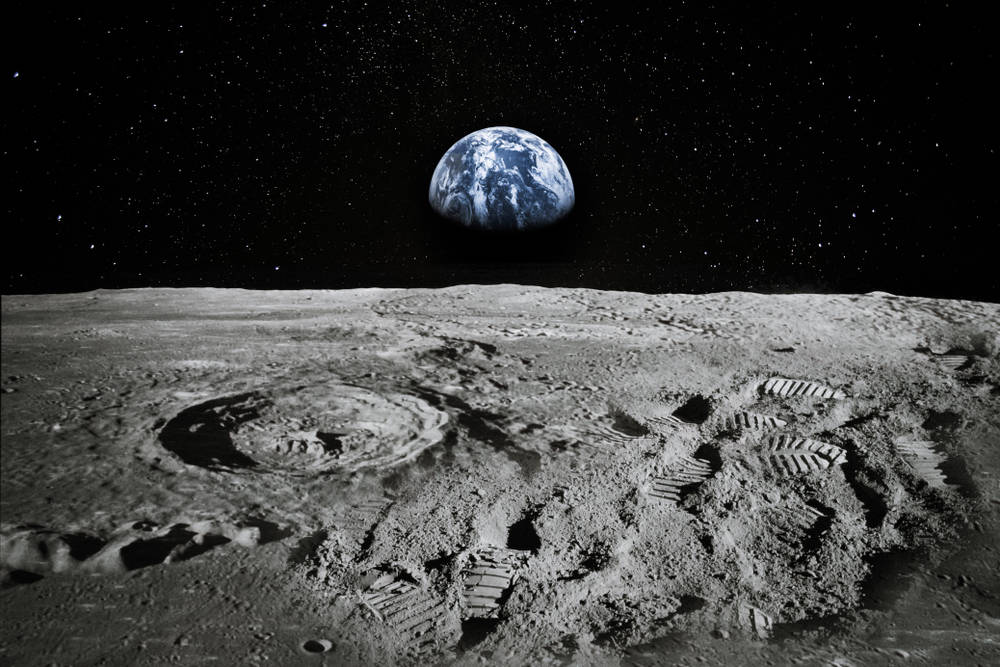
The chance of Asteroid 2024 YR4 hitting the Moon has increased, according to boffins making observations from the James Webb Space Telescope.
NASA said data from the telescope “improved our knowledge of where the asteroid will be on Dec. 22,…

For nearly 70 years, a set of fossilized bones was thought to mark the first human steps on Japanese soil. But a new study has upended that belief—with a surprising twist involving a prehistoric bear. It’s a reminder that science, like…
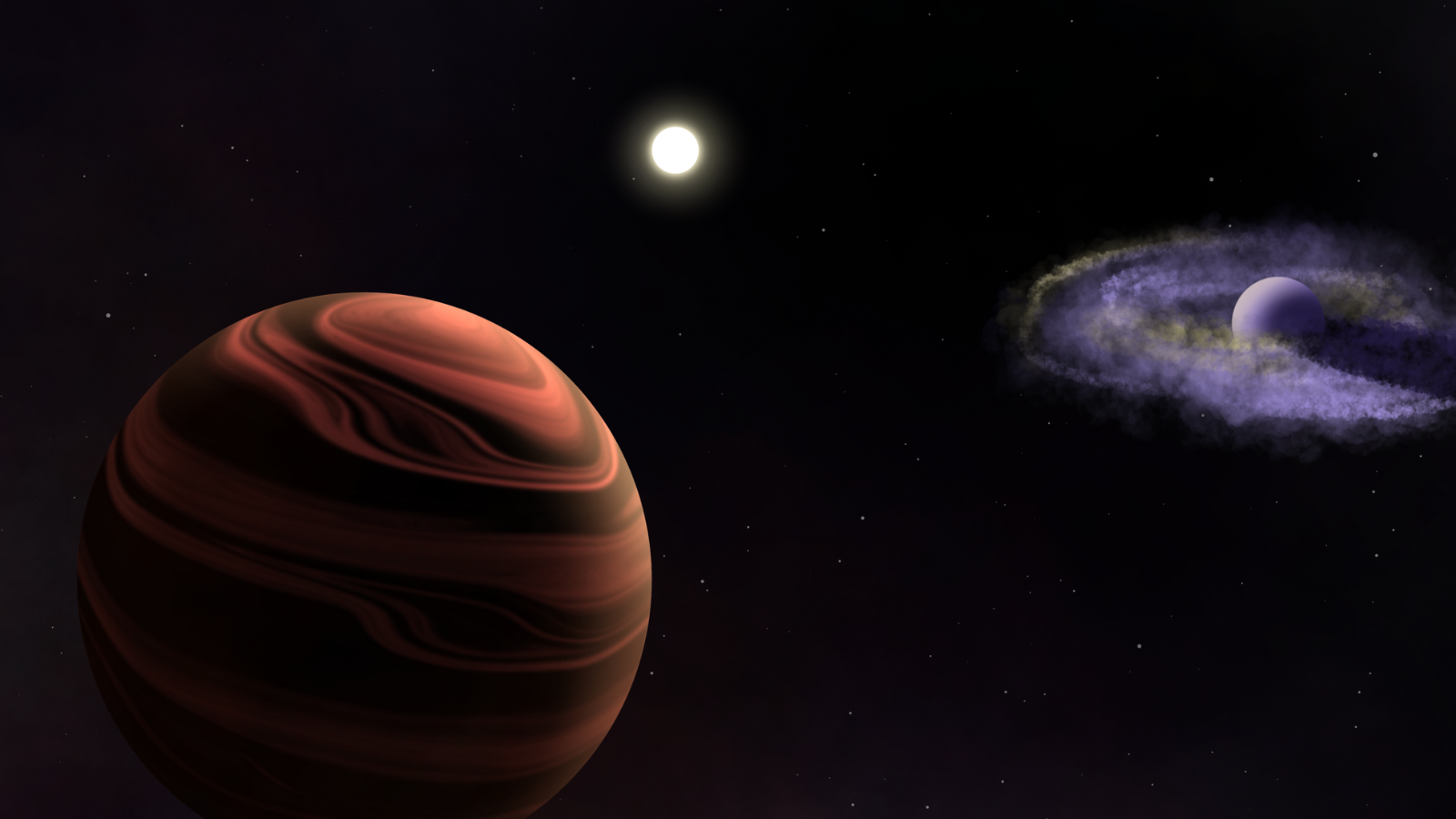
Noted sand-hater Anakin Skywalker may want to cross the planetary system of YSES-1 off his list of potential summer vacation locations.
Using the James Webb Space Telescope (JWST), astronomers have discovered a planetary system orbiting a…
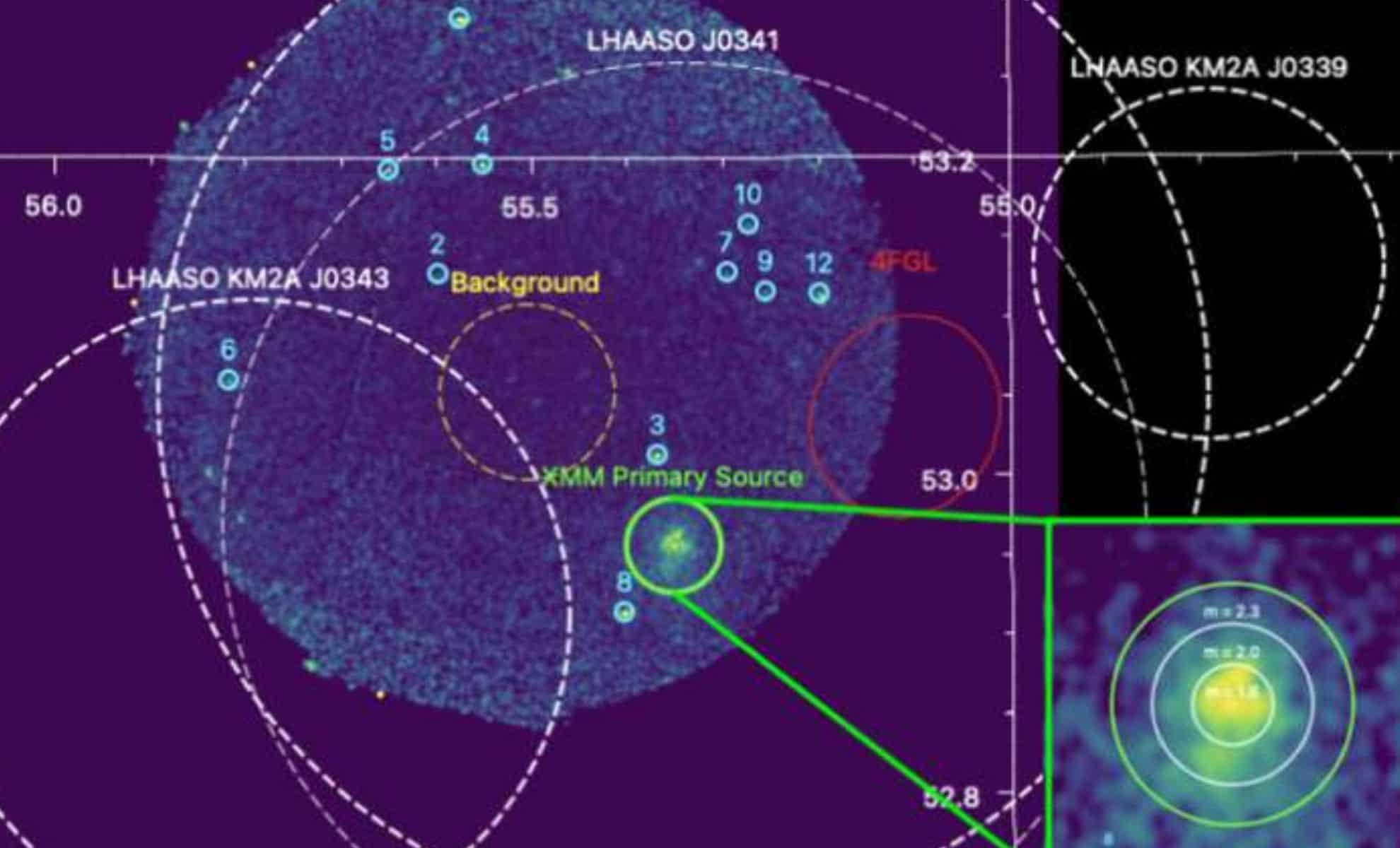
Researchers at Michigan State University have taken a significant step toward solving one of astrophysics’ longest-standing puzzles: the origins of galactic cosmic rays. By leveraging data from X-ray observatories and focusing on a newly…

The sun’s uncharted south pole has been revealed for the first time in striking images beamed back from the Solar Orbiter spacecraft.
The joint European Space Agency (ESA) and Nasa mission swooped below the planetary plane and, for the first…
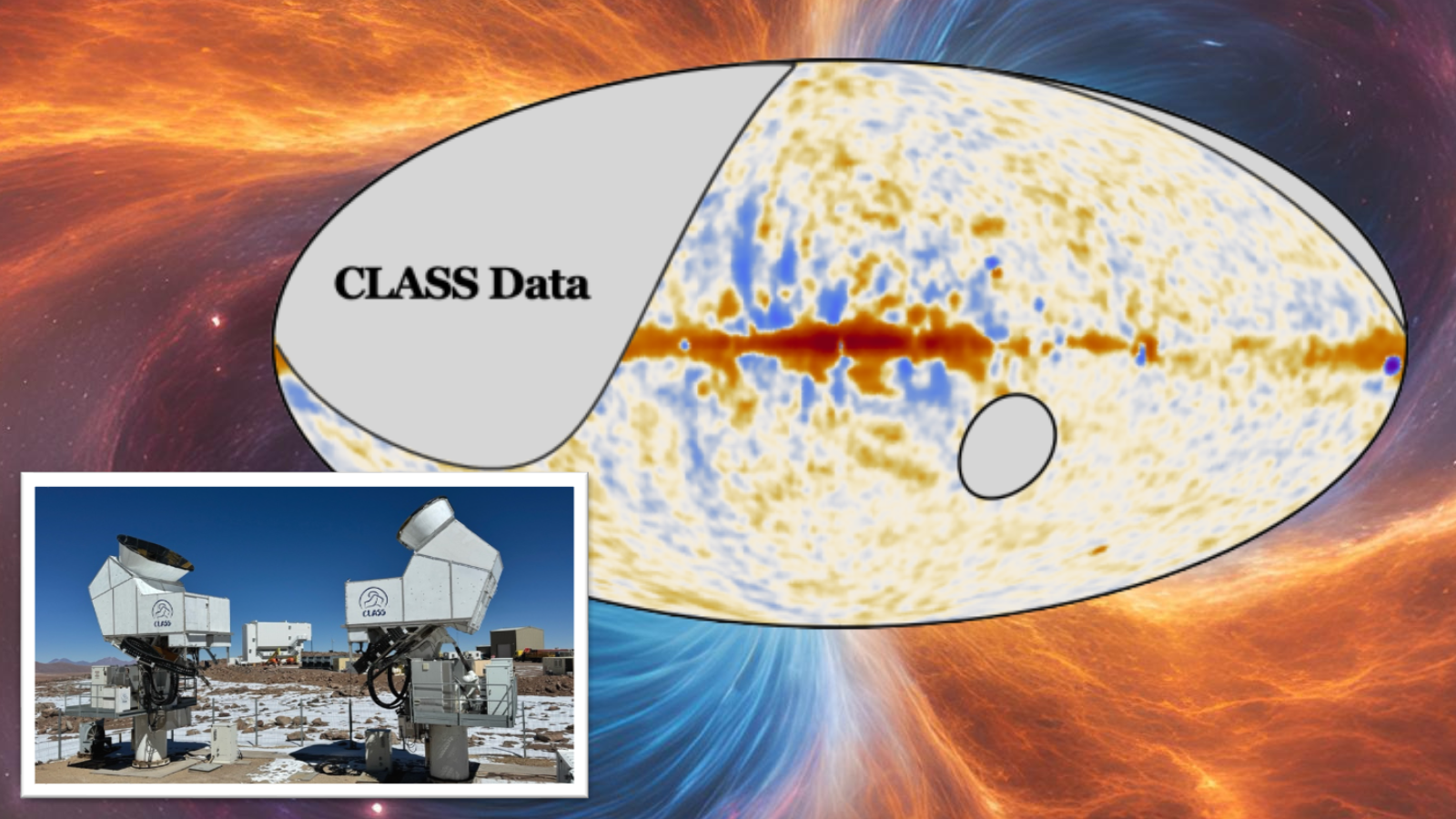
Astronomers have used ground-based telescopes for the first time to peer back 13 billion years in time to observe the universe when the first stars first lifted the cosmic darkness.
This period, around 800 million years after the Big Bang, is…

When Mount St. Helens erupted in 1980, lava, ash, and debris left the landscape barren for miles. It was obvious that recovery would take decades. But one team of scientists had an unconventional idea to help jumpstart the process: send a few…
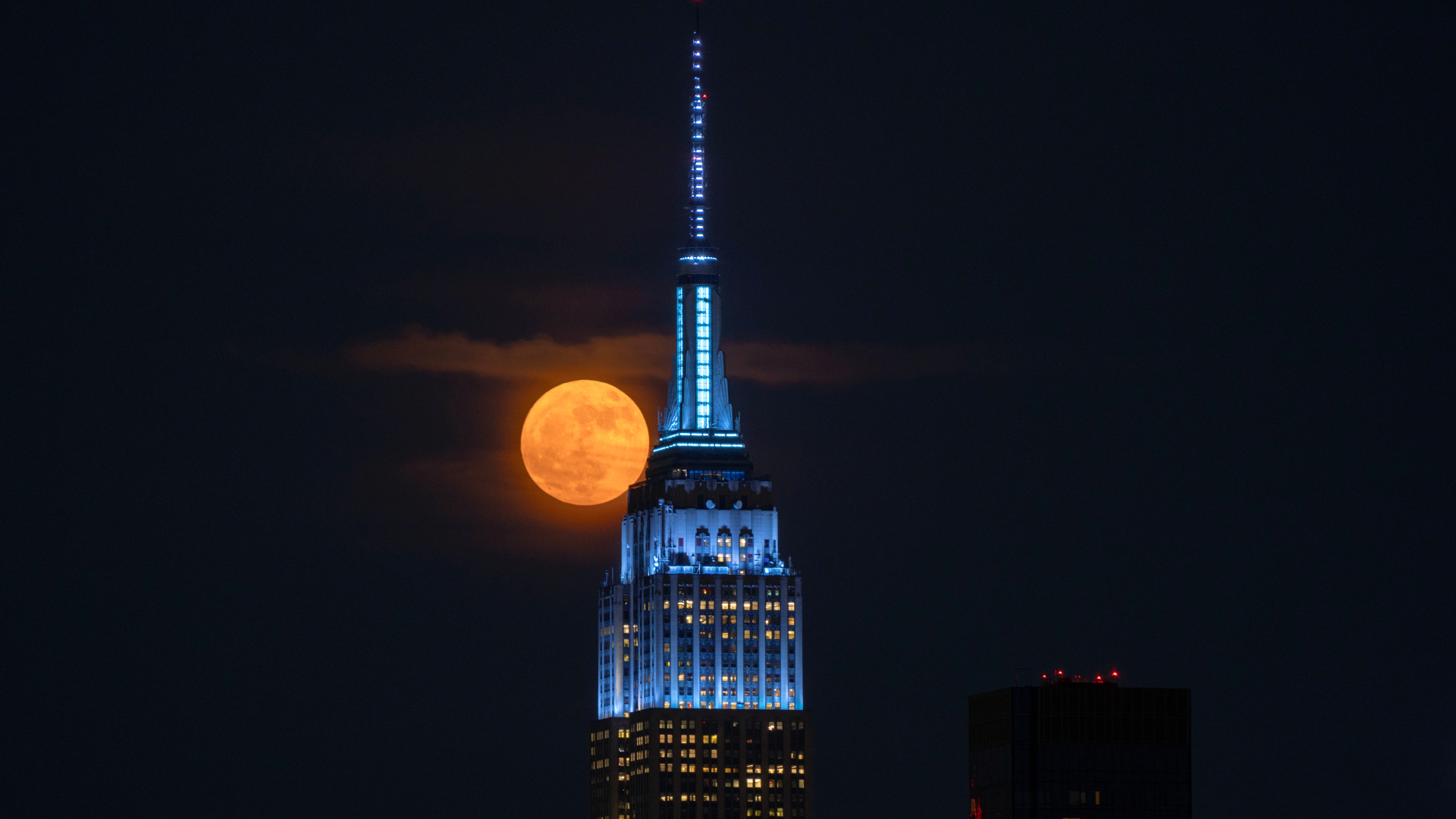
June’s full ‘Strawberry Moon’ lit up the night sky last night, treating skywatchers to a rare once-in-a-18-year display as it rode low across the southern horizon.
Skywatchers were served the lowest full moon in almost two decades, thanks in part…